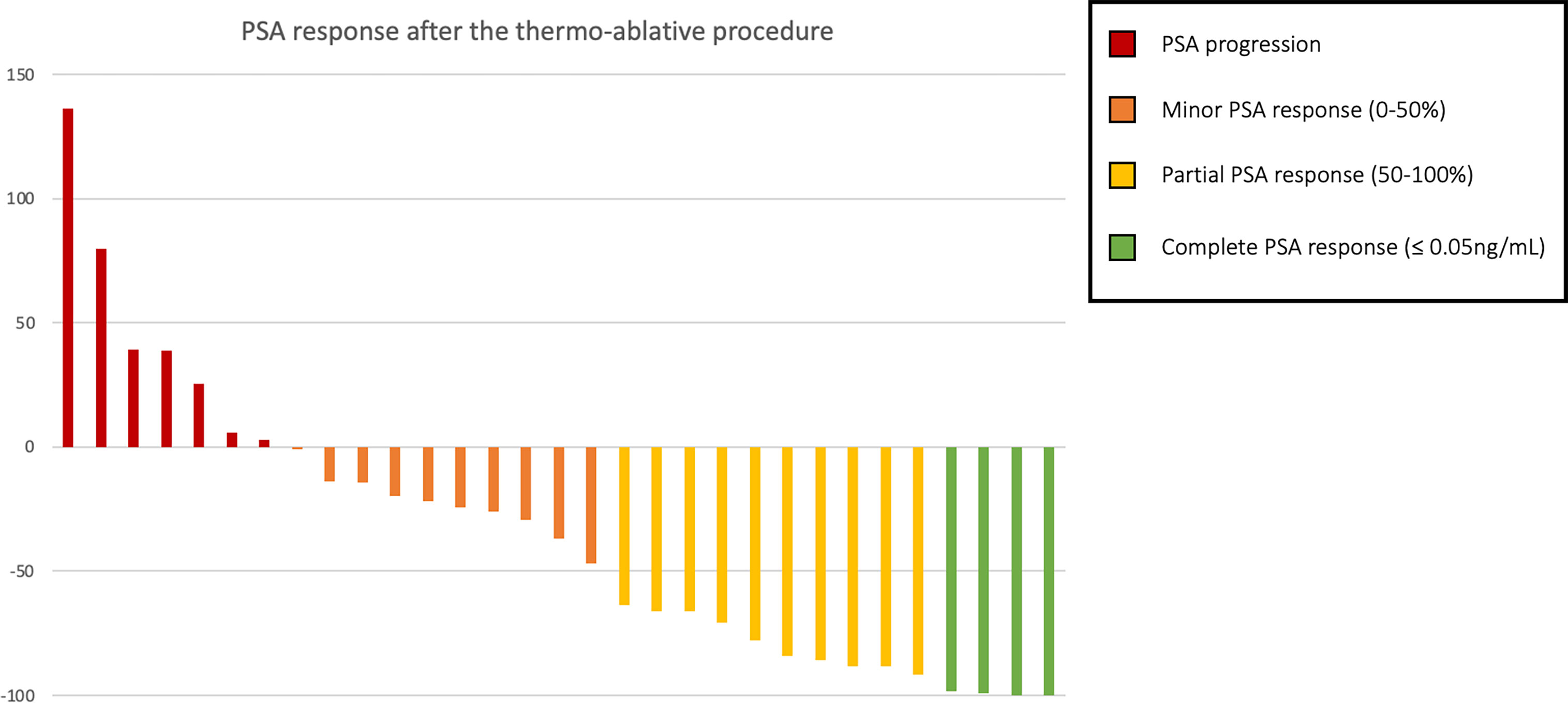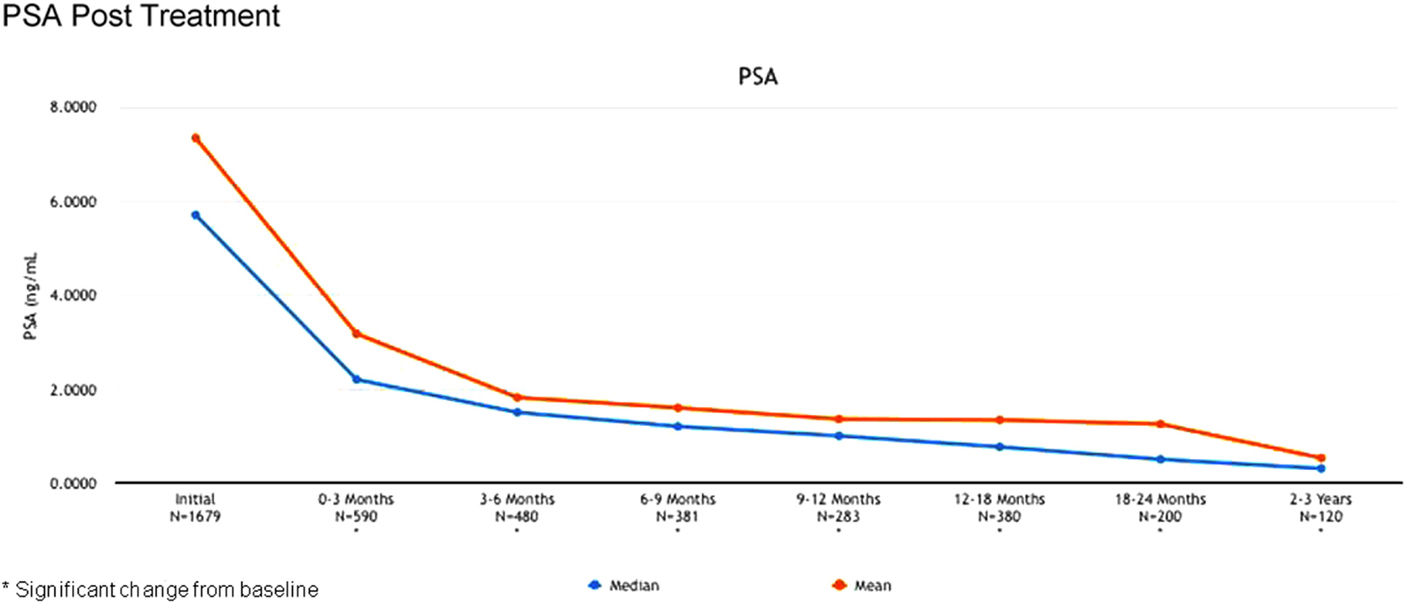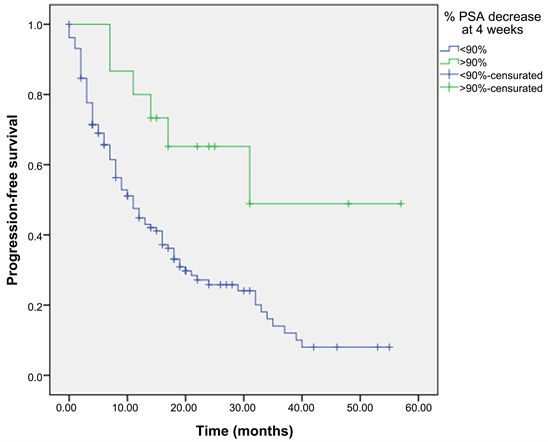Prostate cancer is a common and potentially life-threatening disease that affects millions of men worldwide. As the second most prevalent cancer among men, it has a significant impact on their quality of life. Understanding the response rates to different therapies is crucial in developing effective treatment options.
By examining how patients react to various treatments, medical professionals can determine the most suitable course of action for individual cases, leading to better outcomes and personalized treatment plans.
Patients and Methods
To thoroughly assess the efficacy of Xtandi as a treatment for prostate cancer, researchers employ a rigorous methodology. The first step involves carefully selecting participants who meet specific inclusion criteria, including factors such as age, disease stage, and prior treatments received.
By meticulously choosing the right candidates, researchers can ensure that the study results are applicable to a well-defined patient population.
In order to accurately evaluate PSA response rates, relevant data is retrieved from medical records and databases. This data collection process plays a vital role in providing comprehensive insights into patients’ demographics, disease characteristics, and treatment history.
By gathering this information, researchers can gain a deeper understanding of each patient’s condition and its potential impact on their response to Xtandi.
The analysis of PSA response rates requires the use of various statistical methods to interpret the collected data accurately. These methods enable researchers to quantify the effectiveness of Xtandi in controlling prostate-specific antigen (PSA) levels – a crucial marker for monitoring the progression of prostate cancer.
By employing statistical techniques, researchers can derive meaningful conclusions about how well Xtandi performs in reducing PSA levels within the studied patient population.
In summary, evaluating the efficacy of Xtandi as a prostate cancer treatment involves a meticulous selection process for participants based on specific inclusion criteria. The retrieval of relevant data from medical records and databases helps provide comprehensive insights into patients’ demographics and treatment history.
Statistical methods are then employed to accurately analyze PSA response rates and measure Xtandi’s effectiveness in controlling this crucial marker for disease progression.
| Key Components | Importance |
|---|---|
| Participant Selection Criteria | High |
| Data Retrieval | High |
| Statistical Analysis | High |
Results
This section provides an in-depth analysis of the patient cohorts included in the study, focusing on their demographic information and disease characteristics. A detailed table presents key details such as age distribution, tumor stage, Gleason score, and previous treatments received.
These factors are crucial in identifying any potential influences on PSA response rates.
Comparisons between different patient groups based on their PSA response rates offer valuable insights into the effectiveness of Xtandi across various subpopulations. Analyzing these comparisons helps researchers determine if certain patient characteristics impact treatment outcomes.
Tracking the variation in PSA levels over time is essential for evaluating Xtandi’s efficacy. A table showcasing changes in PSA levels throughout the study period provides a visual representation of how patients respond to the treatment.
Overall, this section explores important information regarding patient cohorts and their response to Xtandi. The inclusion of tables aids comprehension and enhances understanding of factors that may affect treatment outcomes during prostate cancer therapy with Xtandi.
Discussion
In this section, we interpret the results of our analysis on the PSA response rates among patients treated with Xtandi and discuss its implications for prostate cancer treatment. Comparing our findings with previous research on PSA response rates helps us understand Xtandi’s efficacy.
We also explore potential reasons for variations in patient responses, including genetic variations, disease aggressiveness, and previous treatments. Considering these factors allows for personalized treatment plans tailored to each patient’s needs.
Additionally, we acknowledge the limitations of our study and highlight areas for future investigation.
Overall, this discussion provides valuable insights into Xtandi’s effectiveness and its role in guiding healthcare professionals’ treatment decisions for prostate cancer patients.
Conclusion
The conclusion of this study offers valuable insights into the PSA response rates observed among prostate cancer patients treated with Xtandi. By analyzing demographic information, disease characteristics, and changes in PSA levels over time, we have deepened our understanding of the efficacy of this treatment.
These findings have significant implications for future research and clinical practice in prostate cancer treatment. By identifying factors that influence treatment outcomes, healthcare professionals can refine their approaches and optimize patient care.
This knowledge empowers them to make informed decisions about the most suitable treatments for individual patients, ultimately improving overall management of prostate cancer.
Studying the PSA response rate of treatments like Xtandi is crucial for both patients and healthcare professionals alike. It provides valuable information that can guide treatment decisions and improve outcomes for patients facing this challenging disease.
Understanding the intricacies of response rates brings us closer to developing more effective treatment strategies.
By continually exploring and explaining the subject at hand, we enhance our ability to advance prostate cancer research and clinical practice. The insights gained from studies like this contribute to a growing body of knowledge that can lead to improved therapies and better patient outcomes.
[lyte id=’UwRrj2BwnUI’]



